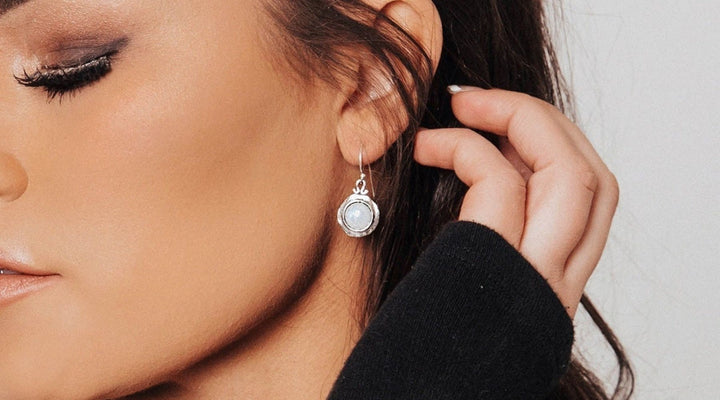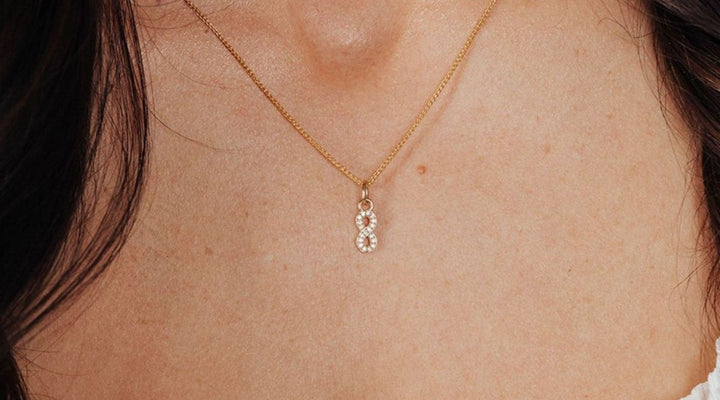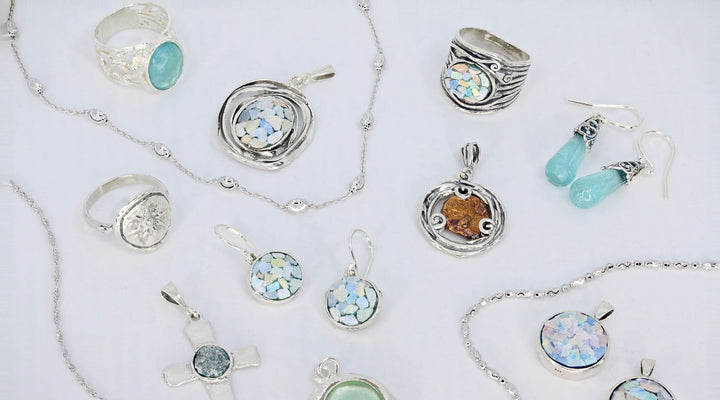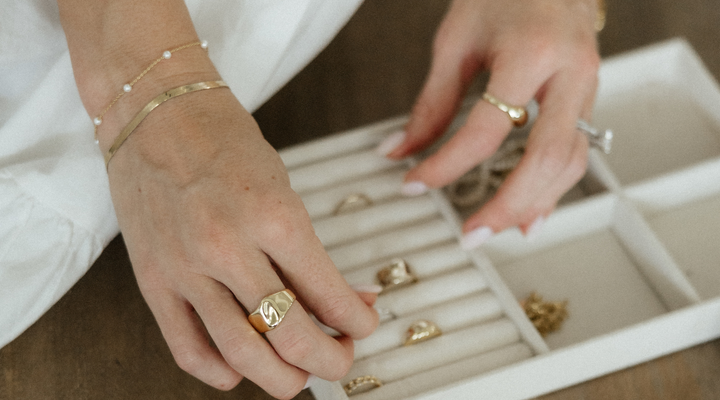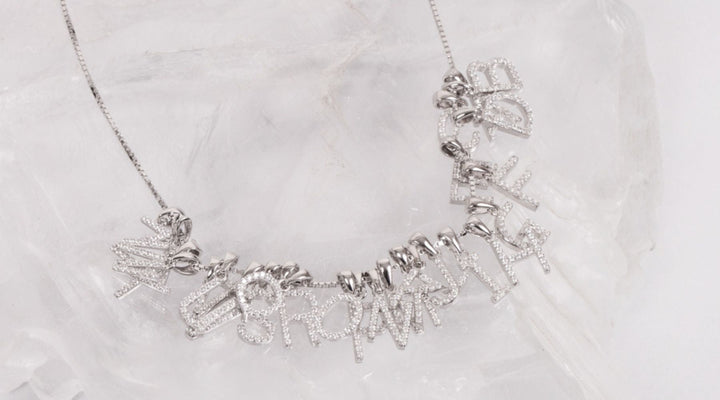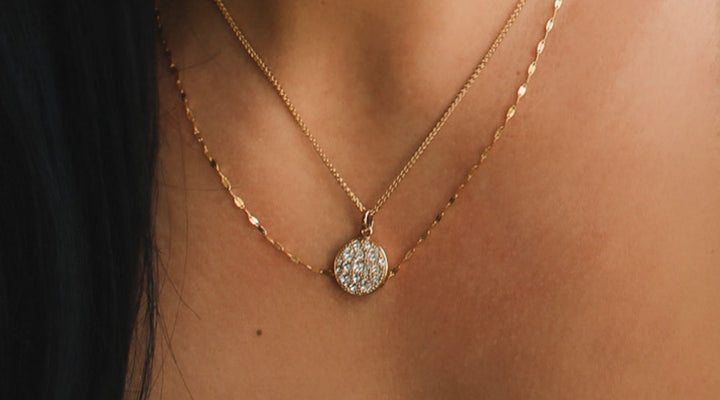What Are Swarovski Crystals? Uncovering the Secrets
Posted by Deven Davis on
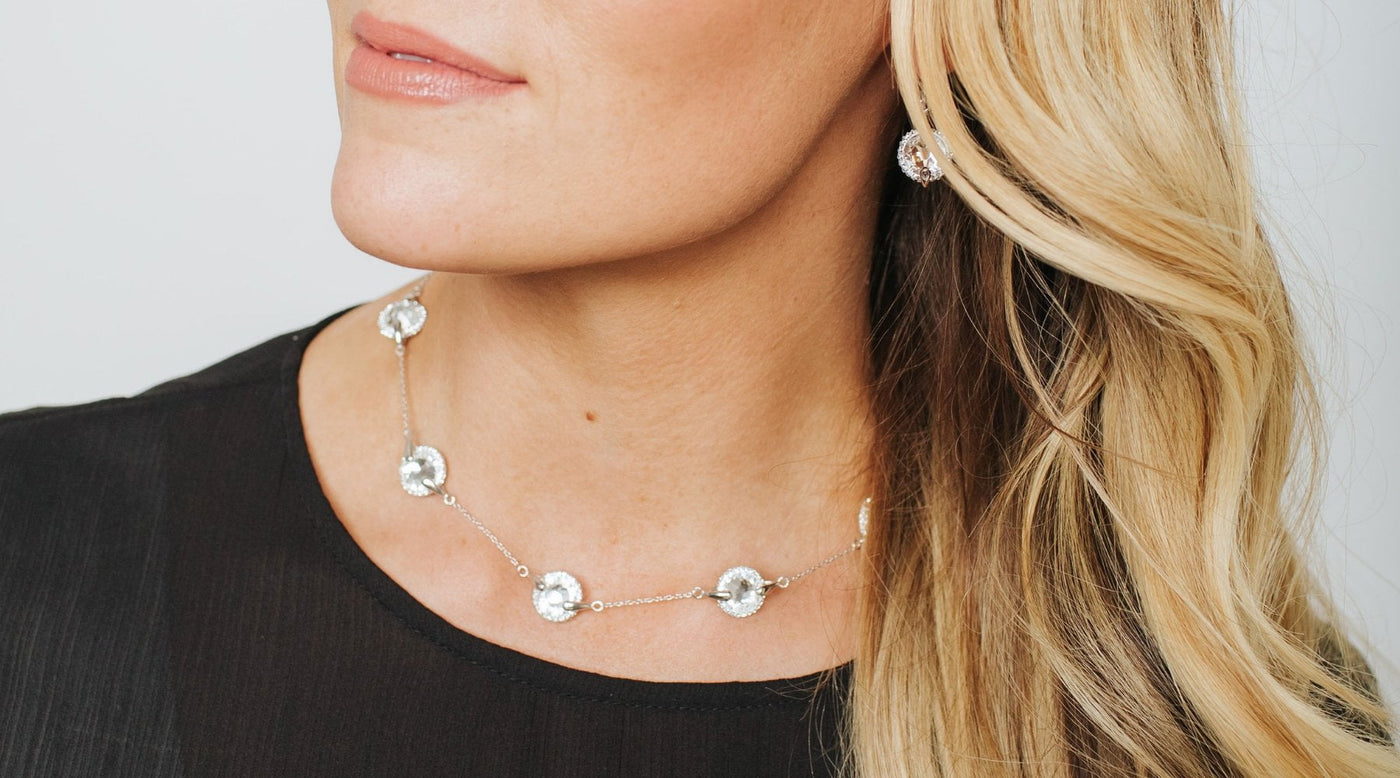
What Are Swarovski Crystals? Uncovering the Secrets
Swarovski crystals are unlike any other type of crystal. But what are Swarovski crystals and why are they so luxurious? Click here and learn all of the secrets!
Keyword(s): what are Swarovski crystals
If you've never wondered just what are Swarovski crystals, then you probably don't know the big secret.
Swarovski crystals, while absolutely stunning, aren't technically crystals at all.
And yet the company has managed to brand itself as a world-famous purveyor of luxury crystals. This is something that no other manufacturer of non-gems has ever done.
In fact, no other manufacturers have even tried. Probably because no other non-gem manufacturer can even touch the quality of Swarovski.
Still, this begs this question: what are Swarovski crystals?
Then What are Swarovski Crystals?
The short answer: lead glass.
But it's lead glass that goes through a specialized manufacturing process performed only at Swarovski.
And the result is a brilliant crystal.
Yet even though they've been manufacturing these gorgeous crystals for over a century, the exact process remains a company secret.
This is intentional. Swarovski doesn’t talk about their process.
They refuse to disclose exactly what they do to the lead glass. But whatever the case, it's widely agreed that Swarovski’s "crystals" are unparalleled in quality.
How Swarovski Began
Swarovski crystals are the brain-child of Daniel Swarovski, the son of a glass cutter in Bohemia.
Bohemia is an area that is presently part of the Czech Republic bordering on Austria. It has a long and staunch history of the finest glass-making in the world.
Bohemians are credited with innovative techniques and processes for making glass. They discovered that when potash is combined with chalk, it creates an amazingly clear glass. It's an innovation that's used to this day.
It makes sense that Daniel Swarovski was obsessed with glass. Along with being raised in Bohemia, his father owned a glass-making factory.
A Machine is Born
This obsession enabled him to patent a new electric cutting machine in 1892. Powered by hydroelectricity from the alpine waterfalls in the Austrian Alps, the machine was truly ahead of its time.
The machine employed a highly specialized cutting process that used unspecified amounts of quartz, sand, and minerals to produce brilliant lead glass crystals that sparkled like no other.
This process allowed crystals to be cut very precisely. And certainly far more so they could ever be cut by hand.
In 1895, Swarovski founded the Swarovski company in Wattens, Austria. It was originally called A. Kosman, Daniel Swartz &Company. But due to rising anti-Semitism in Austria, Daniel Swartz changed his name to Daniel Swarovski.
Five generations later, the Swarovski factory is considered both an innovative design studio as well as an incredible chemical laboratory.
Of course, phenomenal marketing has certainly had a role in the worldwide clamoring for these non-gems as well.
So then if Swarovski is technically glass, why does it cost more than glass?
The Price is in the Innovation
Finished crystals start as merely raw resources. The method by which they are produced and processed factors heavily into the quality of the finished product.
In the case of Swarovski, only the finest materials are used to fashion finished crystals with stunning brilliance.
Brilliance refers to the path light takes through an object. It relates to how much light is refracted or bent when it passes through an object. But it also looks at how much light of different colors is bent when compared to each other. And this impacts how much sparkle and color is perceived.
The highest quality materials along with superior cutting and polishing are what set the Swarovski standard. They cut the glass in such a way that they're able to create a hundred identical facets in several directions. This is no easy feat.
Each direction of the reflected light has to be calculated by a computer so that it can be simulated in 3D form. Once those calculations are complete, they must be optimized and then converted into control programs for complex machinery.
Multiple Uses
Clearly, Swarovski is unmatched in its engineering prowess. Because of this, their crystals are used across a number of industries. You can find Swarovski crystals in optics, abrasive tools, and even LED-based road lighting systems.
Of course, most people associate Swarovski with jewelry and fashion. And with good reason.
In the mid-1950s, Swarovski began working with recognized jewelers to design custom-made Swarovski crystals for their jewelry. And soon, other jewelers wanted in on the game.
Because of their ability to create almost anything a designer needed, they were soon in demand in the world of fashion as well. There was no other company that could make a neon blue sphere, a perfect cube of ruby, or even a jacket made of a thousand emeralds.
But Swarovski could. And they still can.
How to Tell If a Swarovski Is Real
Due to the company's success, there have been more than a handful of companies trying to imitate them.
These imitations don't have the quality, sheen, or brilliance of a Swarovski. But some imitation crystals are better than others.
Of course, the packaging should be labeled "Swarovski." But an unscrupulous retailer could just as easily put a false crystal in a Swarovski box. That's why it's best to stick with a reputable jeweler.
There are a few surefire ways to tell if you've got a fake. If there are any bubbles inside the crystal or if you see scratches or an oily sheen on the surface of it, that is NOT a Swarovski.
Another way to tell is to look at a group of crystals in question. If they are Swarovski crystals, there will be no difference in the color of crystals if they come from the same color family.
And since they're machine-made, Swarovski crystals will be exactly identical in size and cut.
Finally, if the crystals you're considering are sold on a string, then they're not the real deal. With the exception of Swarovski pearls, Swarovski crystals are sold as loose stones only.
Are You Ready to Sparkle?
Who couldn't use a little more sparkle and shine in their lives?
Even if you don't have an EXACT answer for the question of what are Swarovski crystals, now you know everything that's involved in making them so beautiful.
So why not make your day just a little more brilliant? Shop our wide selection of Swarovski crystals today. And prepare to sparkle.






